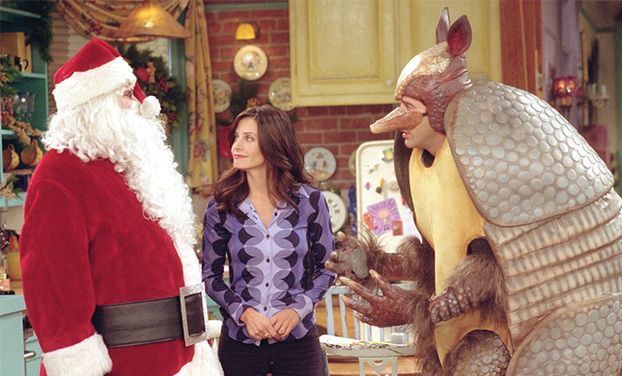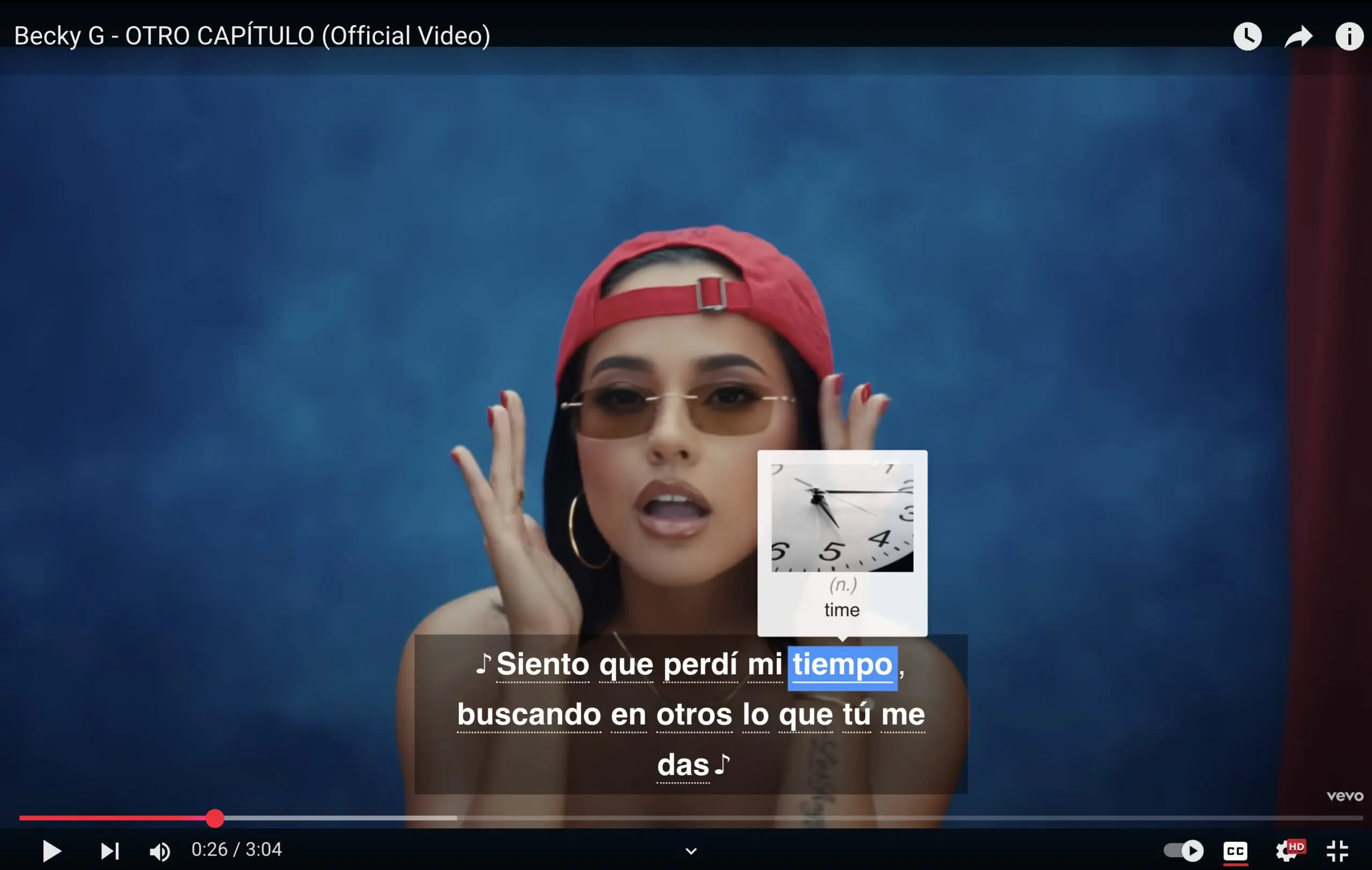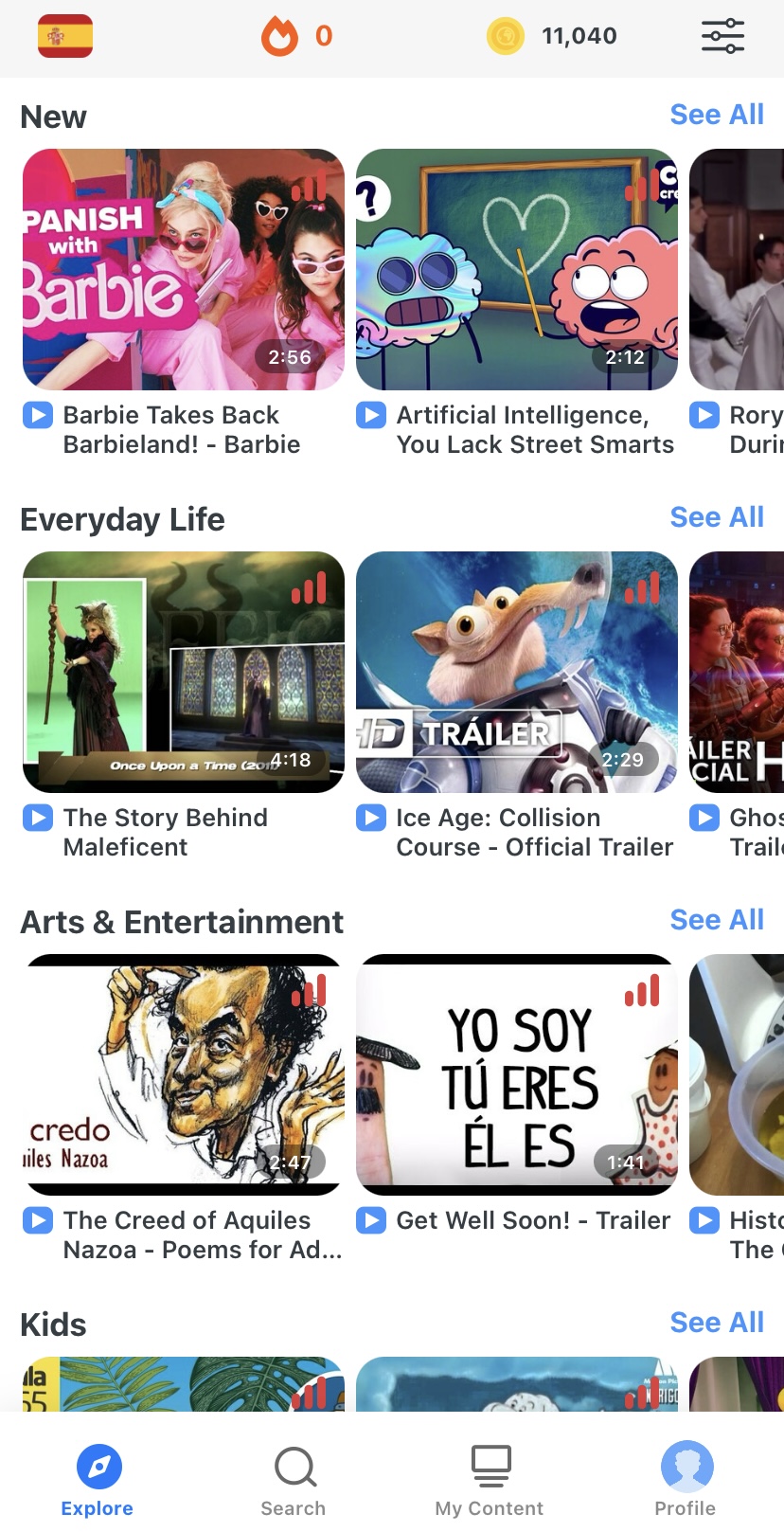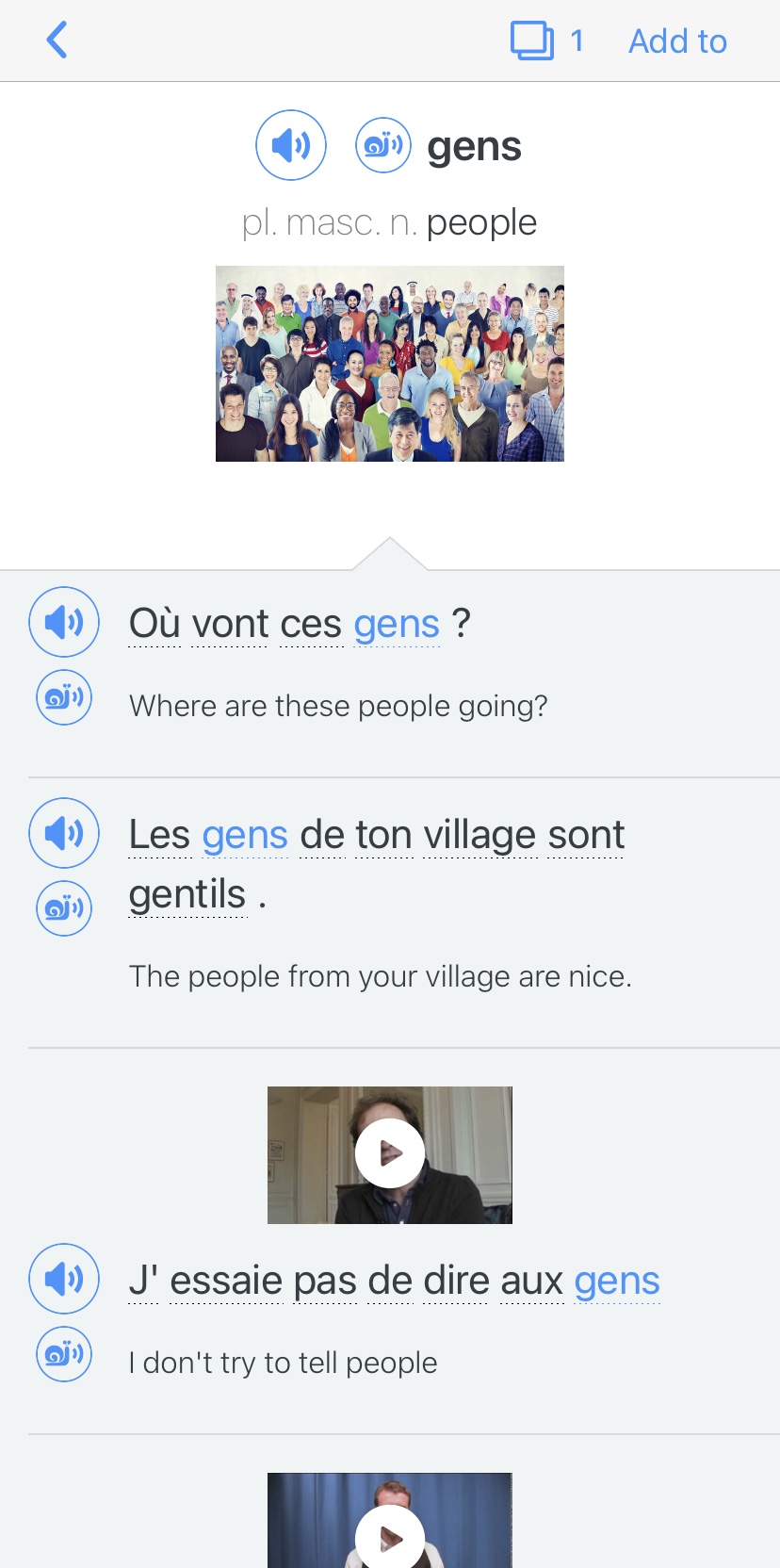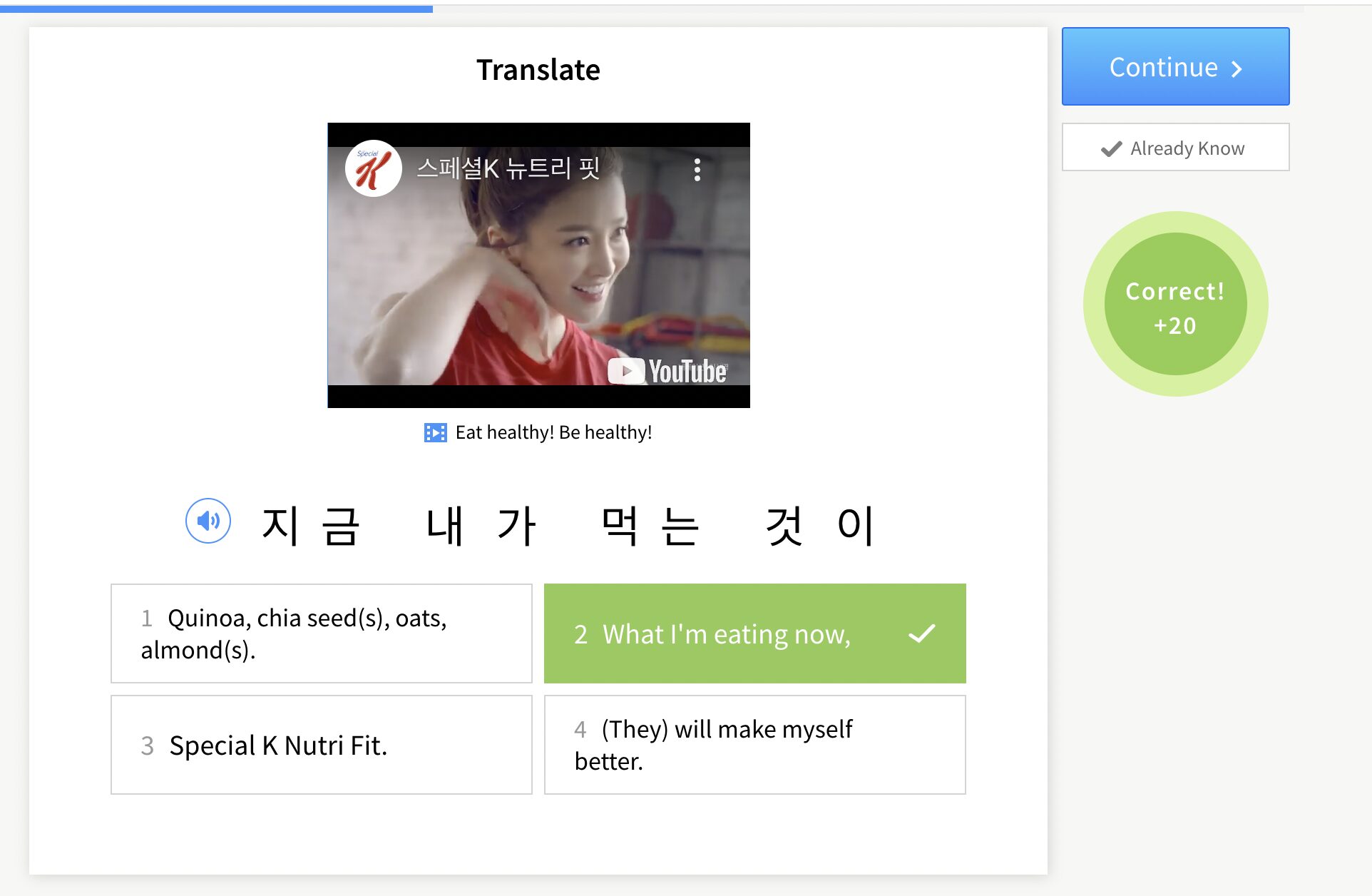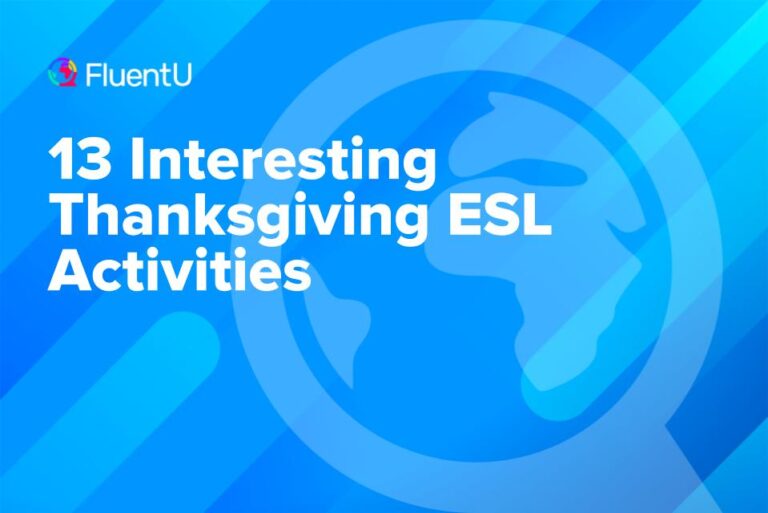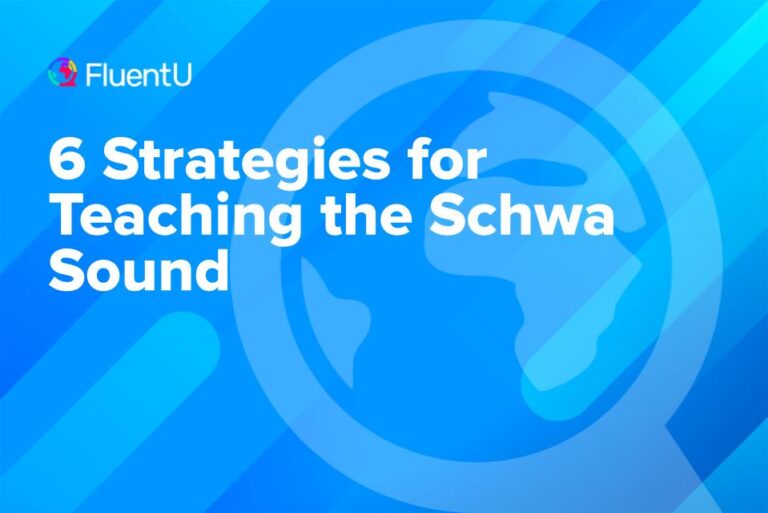15 Best ESL Christmas Activities
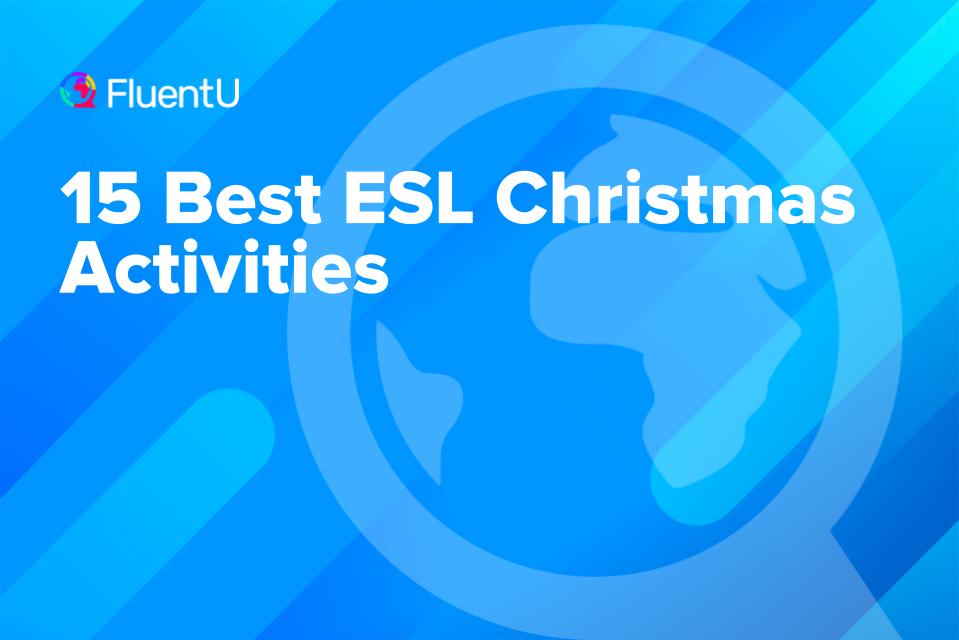
Christmas is a great opportunity to teach some key English skills and celebrate the holiday season.
I’ve put together ten fun and festive activities that do both, allowing you to celebrate the holidays with your students while still giving them valuable language practice. Plus, find out about five great Christmas video activities to keep your students entertained.
Download: This blog post is available as a convenient and portable PDF that you can take anywhere. Click here to get a copy. (Download)
Christmas Activities for the ESL Classroom
1. Write Greeting Cards
Nothing shows love at Christmas like a basket full of Christmas cards. The holidays are often the one time of year we hear from long ago friends and distant family. Writing greeting cards also happens to be a great activity for ESL students. It is flexible and can be tailored to any level of student.
If you are teaching beginning students, let them try their hand at holiday greetings by designing and writing a holiday card. Bring in some samples for them to look at (I know you must have extras from last year hanging around), and then have them write the sentiment as well as design the cover for their own cards using yours as inspiration.
For intermediate students, point out that many card senders often add a personal greeting before signing their name. Have these students design their own card and then personalize at least two with a little note at the bottom for different friends and family members.
And for your advanced students, show them some examples of a Christmas letter, which some families write to catch up with friends and family on the happenings of their spouse and children. Encourage your students to think about the past year, to identify important events and milestones, and then have them write a Christmas letter to include in their cards.
2. North Pole Bound
While you are talking about letters in class, familiarize your students with the custom of writing a letter to Santa denoting what you want for Christmas. If you like, start by showing this WaysAndHow clip on how to write a letter to Santa Claus.
Before your students make their wish lists, review the appropriate formatting for a personal letter, and then have students write their letter to good ole St. Nick. If you like, have students address an envelope and send their letter off to the North Pole.
3. Sing Christmas Carols
Christmas songs are a great jumping off point for talking about rhyme and pronunciation. They also tend to be great sources for new and uncommon vocabulary.
Choose one or two songs of the season to share with your students such as “Jingle Bells” or “Have Yourself a Merry Little Christmas.” Review the lyrics and define any unfamiliar vocabulary, then warm up those vocal chords and have a classroom singalong. Point out the rhyming words in the lyrics and how they fit into the rhythm of the music.
Then give your students a real challenge and have them write their own lyrics to the same tune in groups of three or four. Once their songs are complete, have groups sing their song for the rest of the class. If you like, make copies of the lyrics so the rest of the class can sing along as well.
4. Christmas Pictionary
Christmas vocabulary terms are a great source of fun when you use them to play Pictionary in your ESL class.
Put several holiday words on small slips of paper and then put them in a bag. Divide your class into two teams. One at a time, a person from each team chooses a word and then has two minutes to get their teammates to guess it based on their drawing. While the artist draws, the team members call out what they think the picture is.
If the team guesses the word correctly within the allotted time, they score a point. If they do not guess the word, the other team gets one chance to guess correctly and score the point. The first team to ten points wins.
You can also use these same words to play charades. And if you really want to amp up the fun, have each person roll a standard six-sided die before they choose their Christmas word. If they roll a one or two, they draw the word. For a three or four, they act the word out. And if it’s a five or six, they must model the word out of Play-Doh for their team to guess.
5. Christmas Cookies
Whether you are a baker or not, you must know how much people like Christmas cookies. Recipes are great for the ESL classroom, as they have perfect examples of the imperative form and outlining a process in writing.
Show your students a Christmas cookie recipe like this one. After reading the recipe, see if students can act out the process for making the cookies.
Or make your class even tastier by letting students make their own cookies in class. Try these no-bake cookie recipes: Cornflake Clusters or Chocolate Oat Bars. Then have your students make their cookies and have a cookie taste off. Each person tries each cookie (allergies permitting) and votes for their favorite.
6. How to Decorate a Christmas Tree
After your students have read and followed a set of directions for making Christmas cookies, have them write some directions of their own on how to best decorate a Christmas tree.
Start with a discussion about what a Christmas tree looks like. Bring in some pictures for your students to look at. If you like, partner up your students with two different pictures of trees and have them discuss what is the same and what is different between each of their trees.
Then have your students write instructions on how to decorate a Christmas tree. Their directions should be five steps. Each step should start with one of the following words: “first,” “then,” “next,” “after that” and “finally.”
7. A Christmas Carol
Perhaps the most famous Christmas story (apart from Jesus’ birth) is Charles Dickens’s classic “A Christmas Carol.”
Take some time out of your busy classroom schedule to watch the hour-long film, and then put your students in groups to talk about the three spirits that visited Ebenezer Scrooge.
In their same groups, ask students to share what the spirit of Christmas or spirit of other holiday past would say about their life. You can encourage your students to use mixed past tenses or the conditional form, depending on their skill level.
8. Christmas Specials
Even if you don’t have time to screen an entire movie in class, you might want to show your students a classic Christmas special. Try “A Charlie Brown Christmas,” “How the Grinch Stole Christmas” or “Rudolph the Red Nosed Reindeer.”
After you watch the special, give your students a list of the events in the short in random order and have groups sequence them according to the show.
A great tip is to show fun Christmas clips from FluentU to put your students in a Christmas mood.
FluentU takes authentic videos—like music videos, movie trailers, news and inspiring talks—and turns them into personalized language learning lessons.
You can try FluentU for free for 2 weeks. Check out the website or download the iOS app or Android app.
P.S. Click here to take advantage of our current sale! (Expires at the end of this month.)
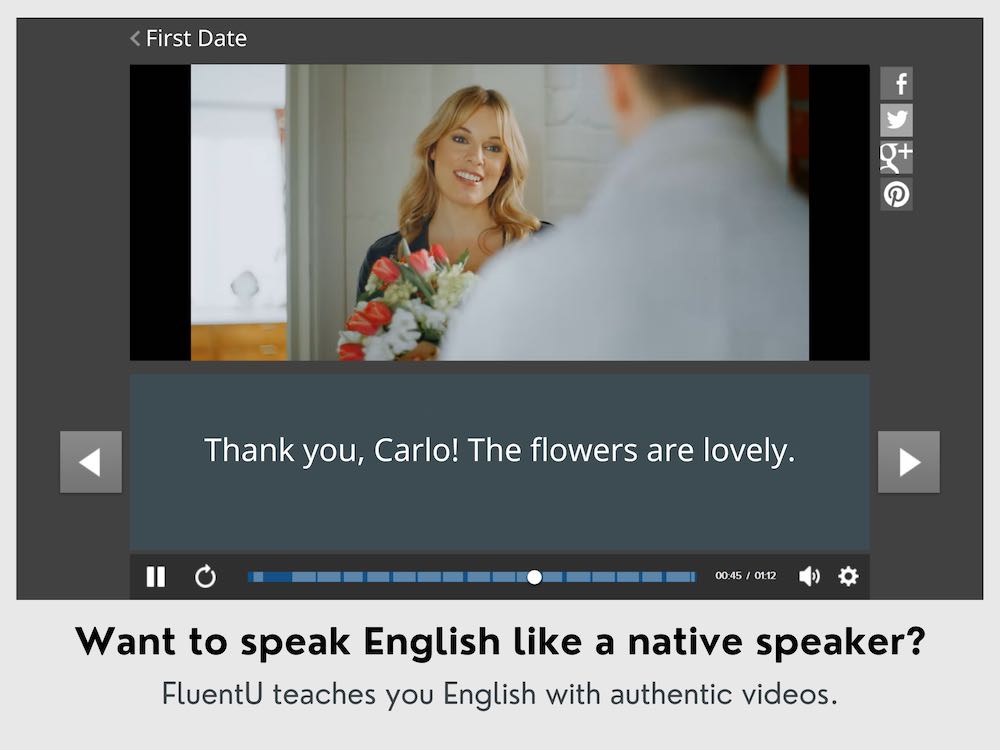
Be sure to request a free trial of the FluentU program and you’ll be able to follow up the clips with enjoyable activities such as quizzes and interactive flashcards.
9. What’s Your Tradition?
With holidays come traditions. Take some time to share one of your holiday traditions with your students and perhaps introduce them to a new aspect of U.S. culture.
Then invite students to share a holiday tradition of their own in either a discussion group or as a short presentation. Not only will your students get listening and speaking practice, they will also develop an appreciation for the cultures of their classmates.
10. Secret Santas
If your students aren’t already familiar with it, tell them about Secret Santa gift exchanges. Then let students participate in their own imaginary gift exchange.
Write down each student’s name on a small slip of paper, and have each member of the class draw a classmate’s name. Instead of purchasing a gift for their person, your students should write three clues about a gift that they would purchase for that person, if they were exchanging gifts.
Have students write the name of their imaginary recipient on their clues and then collect them. One at a time, read the clues and have the recipient guess what the present is, before the gift giver reveals what the present actually is.
Christmas Video Activities for ESL Students
11. “Arthur’s Perfect Christmas”
Available on YouTube
This short movie is ideal for younger or lower-level ESL students. In addition to Christmas vocabulary, the video introduces some of the other widely practiced winter season holidays, such as Kwanzaa and Hanukkah.
Before class, prepare a list of key vocabulary words that may be new for your students. At the beginning of the lesson, introduce the new words. Then, watch the film.
Suggested Key Vocabulary
- Kwanzaa
- Hanukkah
- Pajamas
- Fireplace
- Reindeer
- Clumsy
- Garnish
Suggested Discussion Questions
After the film, you can either divide students into small groups to have a conversation or conduct a discussion as a whole class. Questions you can use to promote discussion include:
- What holidays do the characters celebrate? How do they celebrate differently?
- Why were Muffy and Francine fighting?
- What is the best present you have ever received?
- What do you think the moral of the film is?
Activity: Create Your Own Holiday
In the movie, Buster wishes he could create his own holiday—one completely different from Christmas. Ask students to work individually or in small groups to come up with their own holiday. Make sure they think about when it would occur, what it would be acknowledging and how it would be celebrated. Save time at the end of the lesson for students to share their holidays with the class.
12. “Modern Family: Undeck the Halls”
Available on iTunes
Great for intermediate students, “Modern Family” is a popular show that some of your learners may already be familiar with. It showcases a typical American family and how they go about celebrating Christmas.
Prepare a list of key vocabulary words and discussion questions in preparation for the lesson. At the beginning of class, teach the new words and pass out the discussion questions for students to reference as they watch the episode.
Suggested Key Vocabulary
- Ugly sweater
- Confess
- Follow through
- Eggnog
- Sacrifice
- Paradoxically
- Noble
- Stockings
Suggested Discussion Questions
Once the show ends, take some time to engage with the class, testing their listening comprehension with the help of discussion questions. Here are some sample questions to get you started:
- Do you think Phil overreacted by taking down the Christmas tree?
- Where does Manny usually spend Christmas?
- What are the differences between Christmas traditions in Colombia and in the United States?
- Are there any Christmas traditions in this episode that you would like to try?
Activity: Write About Your Favorite Holiday Activities
Instruct students to write a short paragraph about their own favorite holiday tradition. Save time at the end of class for them to share their traditions with the class—you might want to even allow a Q&A session, if possible.
13. “Friends: The One with the Holiday Armadillo”
Available on Netflix and iTunes
Believe it or not, “Friends” is a great show for fostering English language learning. In this Christmas episode, students are exposed to both Christmas and Hanukkah and can see the different ways the holidays are celebrated.
At the beginning of your lesson, introduce words that students may be unfamiliar with, then settle in and watch the video.
Suggested Key Vocabulary
- Reservation
- Betrothed
- Landlord
- To hang one’s hopes on
- Miracle
Suggested Discussion Questions
These are just some of the questions you might include in your discussion after the viewing of the show. Again, you can encourage small group discussions or have a conversation as a whole class.
- What is the Christmas skull?
- Why does Ross dress up like an armadillo?
- What are Joey and Rachel afraid of?
- What did Phoebe get Joey for Christmas? Why?
- Why can’t Phoebe and Rachel live together?
Activity: Decorate the Christmas Tree
This episode is full of Christmas decorations, from Monica’s beautiful tree to the garland that adorns Central Perk. Print out this Christmas tree and make as many copies as you need.
Ask students to cut out the ornaments and decorate their trees as they like. In addition to making a beautiful tree, ask them to label the different items, such as “present,” “snowman” and “reindeer.” Check their labeling and make corrections as needed. Then, hang the trees around the room for some festive cheer!
14. “The Simpsons: Roasting on an Open Fire”
Available on SimpsonsWorld
Another iconic American show is “The Simpsons.” This particular holiday special examines one of the main recent concerns with Christmas: consumerism and the obsession with material goods. It is a great conversation starter and gives students the chance to see another side of the holiday.
At home, prepare a list of key vocabulary words and phrases you will need to pre-teach to your ESL learners.
Suggested Key Vocabulary
- Charity concert
- North Pole
- Sleigh
- Showoff
- Christmas bonus
- To get mushy
- Payday
- Sleazy
- Pathetic
Suggested Discussion Questions
After watching the episode, ask students to consider the following or similar discussion questions. They can work in small groups or as a whole class.
- According to the episode, how is Christmas celebrated in Germany, Japan and in the South Seas?
- What happened to Snowball, the cat?
- What do Lisa and Bart want for Christmas?
- What does Homer do in order to give his family Christmas?
Activity: Writing Letters to Santa
At the beginning of the episode, Lisa and Bart write letters to Santa. Ask your students to compose their own letters stating what they would want for Christmas. This is a nice exercise in vocabulary practice. You can even take it a step further and have them outline why they deserve presents. Have they been good enough this year?
15. “Christmas in America ESL Lesson”
Available on YouTube
If you are looking for something a bit more educational to show your students, try this 28-minute educational clip. It is designed to help you easily present some of the main components of Christmas.
Students will be exposed to a number of words and phrases related to the holiday. You may wish to pre-teach some vocabulary, but the video is set up so that you can teach and give explanations as you watch.
Key Vocabulary Words
- Wreath
- Ornament
- Garland
- Dreidel
- Menorah
- Manger
Discussion
Ideally, as you watch the video, you should encourage students to ask questions as needed. At the end of the presentation, you can use these questions or ones similar to check their comprehension. Have students work in small groups or ask the class as a whole.
- Do you have any big holiday parades in your country?
- Do you decorate with lights?
- What are some holiday songs in your culture?
- Where does Santa Claus supposedly live?
- What does Christmas traditionally represent?
Post-video Activities
There are various fun activities you can use with this video presentation, including:
- Christmas Bingo: This activity takes a little more preparation time, but your students are sure to love it. Create your own bingo cards using vocabulary from the lesson.
If you are short on time, you can use these pre-made bingo cards instead. In class, call out the different vocabulary words until a student gets five images in a row. The first student to yell “Bingo!” wins.
- I Spy Game: This activity is great for students just learning English numbers. When preparing this game, be sure to print as many playing cards as you need beforehand. Every student should have their own card, unless you decide to have your students work in pairs.
In that case, print one card for every two learners. Then, have students look over the card and count the number of each item displayed on the sheet. At the end of the lesson, give students time to compare answers.
When I show this video to intermediate and advanced students, I like to add a writing component as well. Do this by having them write about Christmas (or a similar holiday) in their home country, comparing and contrasting it to Christmas in English speaking countries around the world.
Holidays are a great time to celebrate while still developing language skills. Try these activities and have the best of both worlds this Christmas!
Download: This blog post is available as a convenient and portable PDF that you can take anywhere. Click here to get a copy. (Download)
And One More Thing...
If you're like me and love learning languages through real-world content, FluentU is a game-changer. With FluentU, you're not just memorizing words—you’re learning how native speakers actually use them.
With our newest feature, you can now bring FluentU’s interactive tools to any subtitled content on YouTube or Netflix—or even import YouTube videos directly into your FluentU account!
You’ll also get access to a huge variety of content in our curated video library, from movie trailers to news clips, music videos, and more. The best part? FluentU makes this native-language content accessible for learners of all levels.
While you watch, you can tap on any word in the interactive subtitles to see a definition, an image, audio, and useful example sentences. Want to practice new words later? Add them to your flashcards with one click. No more pausing to look up and write down new words!
And FluentU helps you actually remember what you learn with personalized quizzes, plenty of example sentences, and extra practice with the words you find difficult.
Ready to start learning in a more natural, immersive way? Try FluentU on your computer or tablet, or download the FluentU app from the App Store or Google Play. Click here to take advantage of our current sale! (Expires at the end of this month.)

